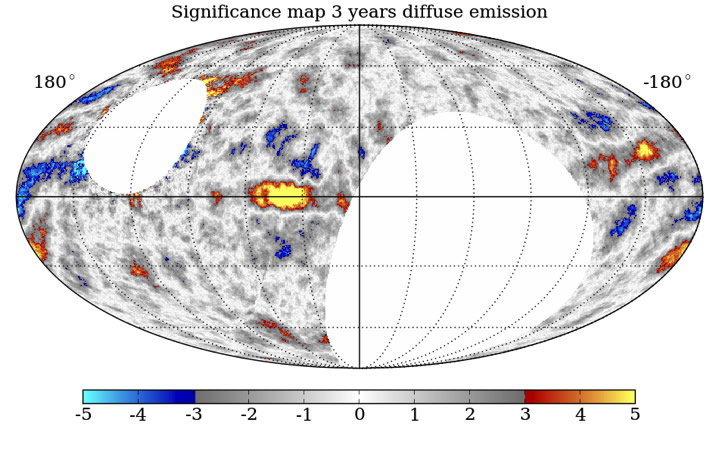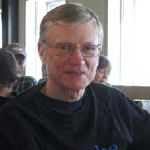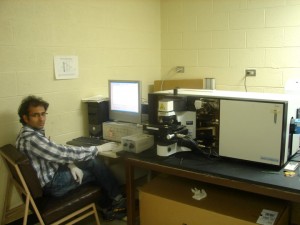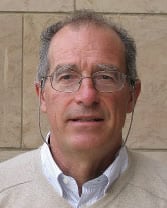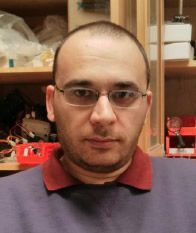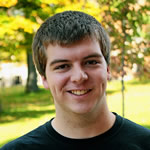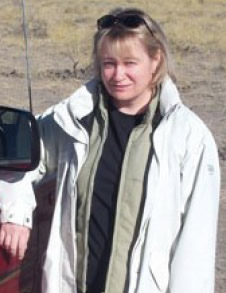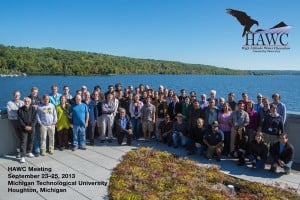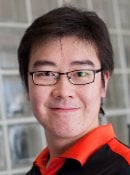 Ran Duan, who is a PhD candidate in Engineering Physics, is a Fall 2013 recipient of the Outstanding Teaching Award. Ran was nominated by the Department of Physics and recognized for his accomplishments by the Graduate School at Michigan Tech.
Ran Duan, who is a PhD candidate in Engineering Physics, is a Fall 2013 recipient of the Outstanding Teaching Award. Ran was nominated by the Department of Physics and recognized for his accomplishments by the Graduate School at Michigan Tech.
A certificate of recognition for this award will be presented at the Graduate Research Colloquium Banquet that is held in the spring.


